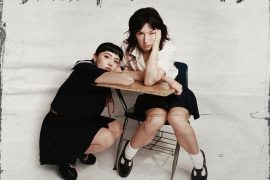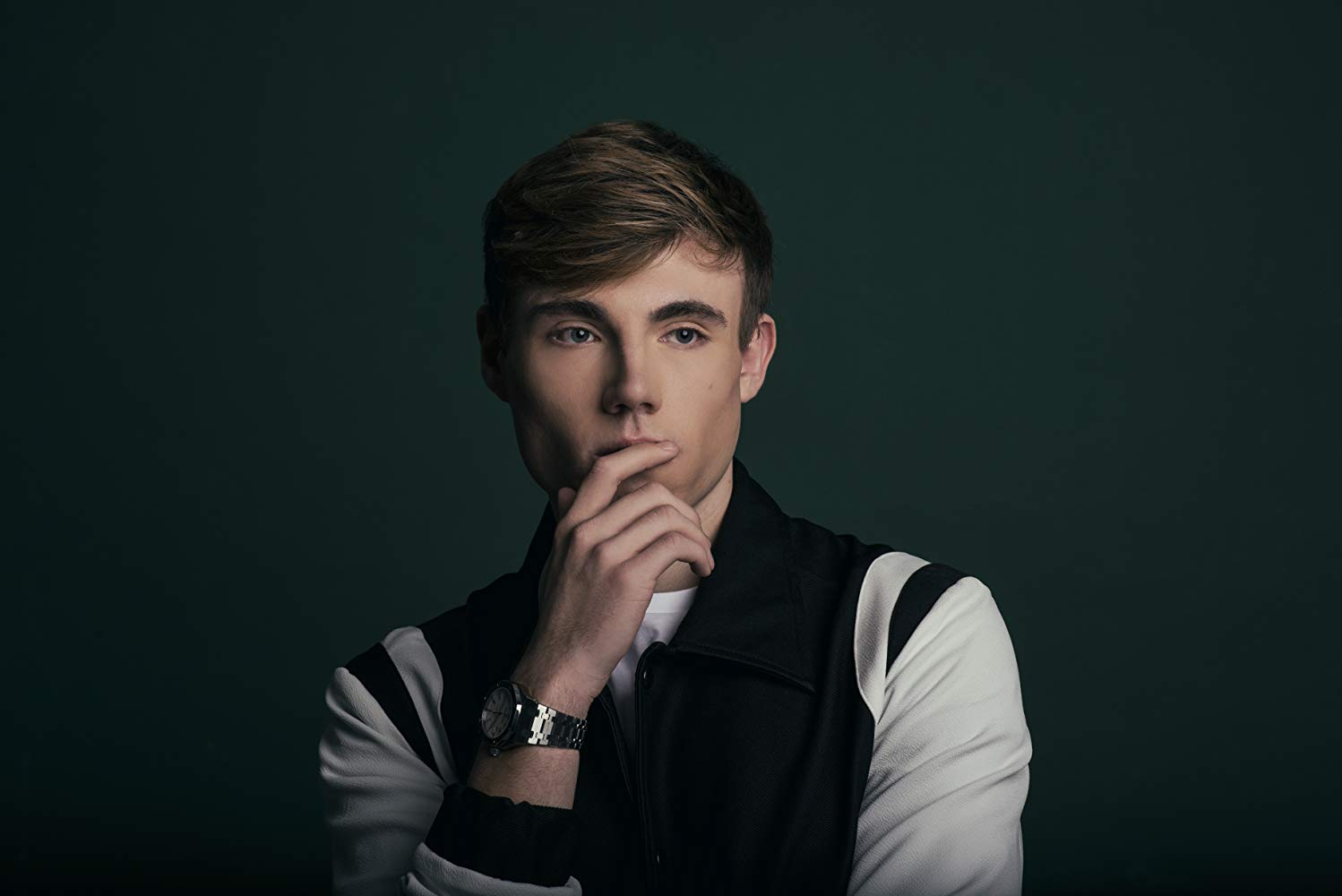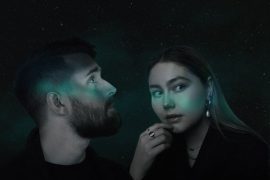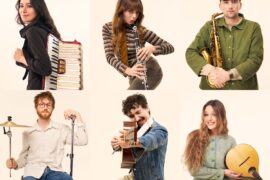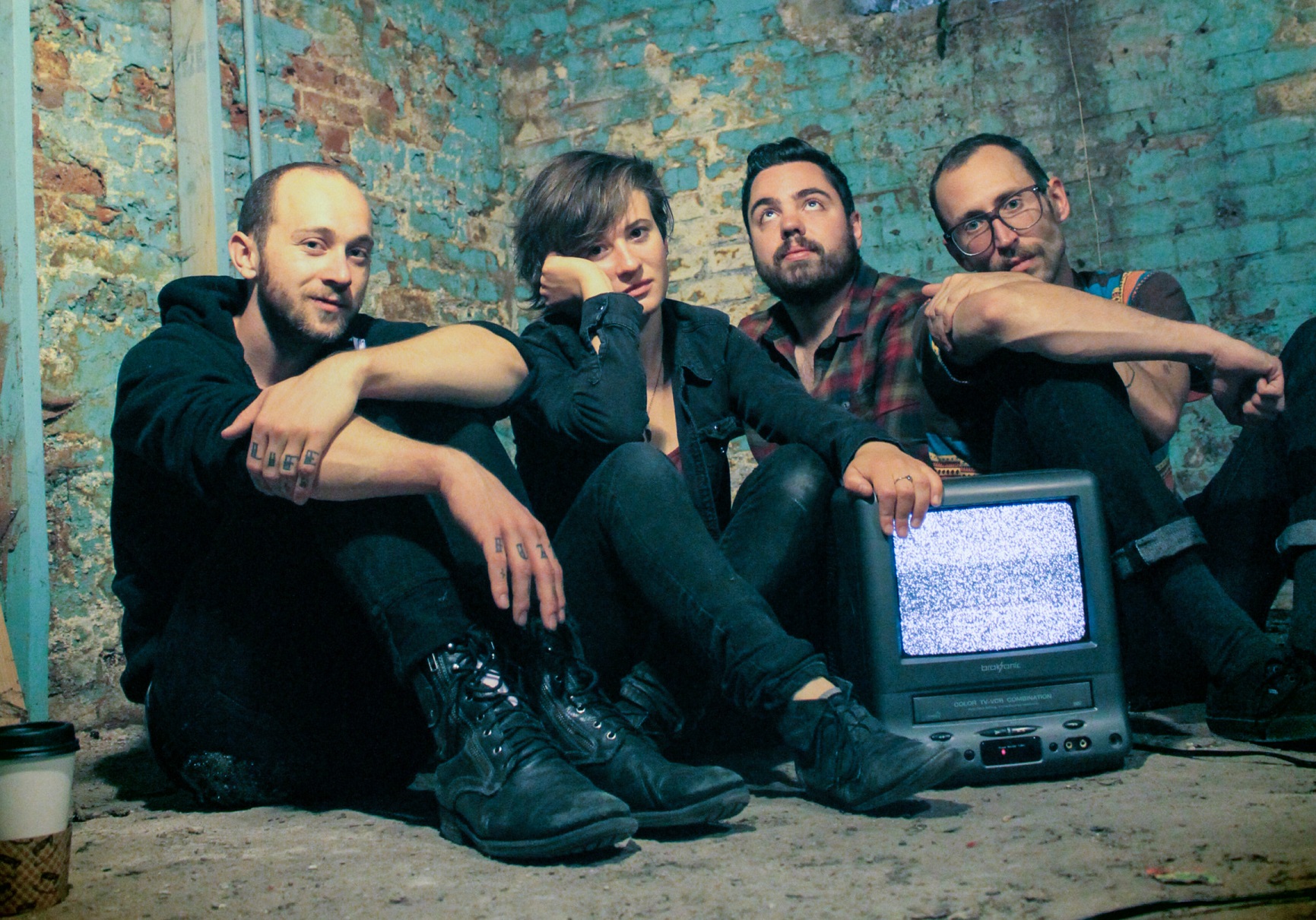Roger O’Donnell’s latest work, ‘2 Ravens’, is a glimpse of the musical soundscape inside the mind of a musical legend.
Stream: ‘2 Ravens’ – Roger O’Donnell
In our new world, a world that is rapidly being bent and twisted towards change as a result of a deadly and unpredictable virus, we are all (ALL) waiting on a cure to ensure our very survival. And while our entire world community is waiting for even part of the cure, Atwood Magazine was waiting for part of The Cure on a slightly different scale.
But wait, before anyone gets worried about our well being, it’s not how it sounds. Thankfully, the part of The Cure that Atwood Magazine was waiting for is also known as Roger O’Donnell, renowned keyboardist for ground breaking post-punk legends The Cure. We were just waiting for him to join our conference call, is all.
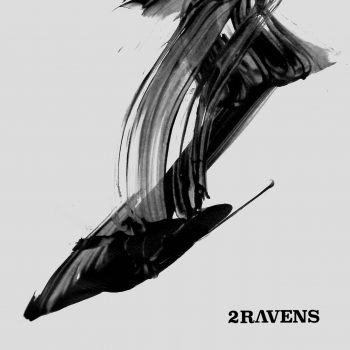
While Mr. O’Donnell has spent much of his professional career flanking Robert Smith before throngs of adoring, eyeliner adorning, Cure fans, he can not be defined solely as a member of the band. Outside of touring and recording with The Cure, Mr. O’Donnell has a musiverse all his own. Though he is still very much a part of The Cure’s touring and recording schedule, Mr. O’Donnell has built a solo career that sounds very different than The Cure we’re used to.
Mr. O’Donnell, working mostly from his home studio near the dramatic cliffs and sandy shores of Devon, England, creates enchanting and deeply wistful soundscapes. It’s the perfect accompaniment to life’s most delicate peregrinations through challenge and change.
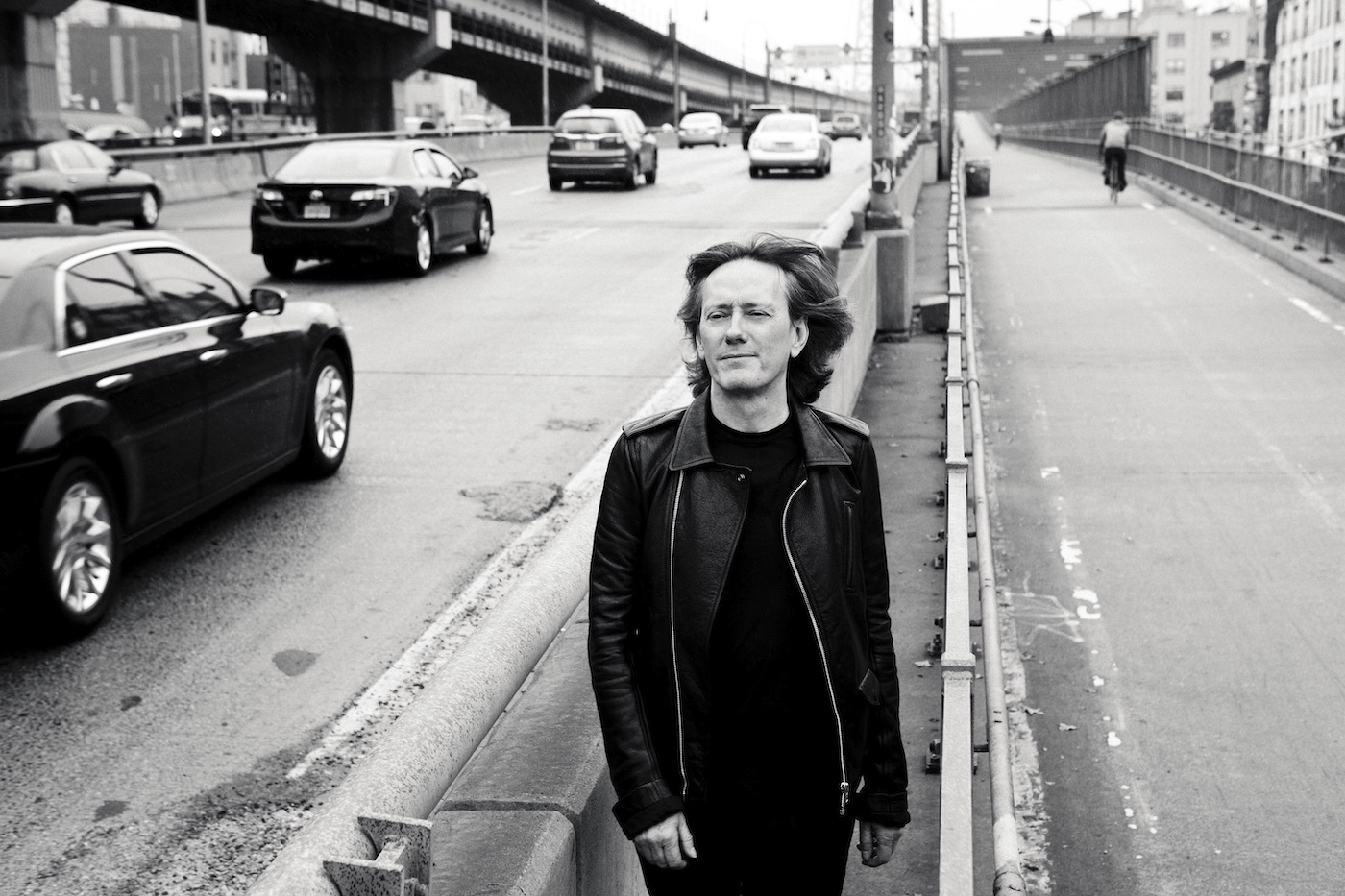
While folding cello, violin and even some vocals into the gentle fingering of his piano in his latest album entitled 2 Ravens, Mr. O’Donnell is the sole weaver of this web.
Envisioning, layering and building each part of 2 Ravens from the music inside his own mind, Mr. O’Donnell invites us into another room of his private musical home with each exquisite track.
It was a supreme honor and pleasure to connect with Roger O’Donnell and discuss his work, methodologies and perspectives on life and creation.
— —
Stream: ‘2 Ravens’ – The Cure
A CONVERSATION WITH ROGER O’DONNELL
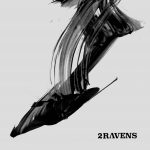
Roger O’Donnell: Hi, It’s Roger. Hi.
Atwood Magazine: Hi Mr. O’Donnell, how are you? Should I call you Roger or Mr. O’Donnell?
Roger O’Donnell: Hi I’m good! Haha Yeah, Roger. No one ever calls me Mr. O’Donnell.
I had to ask though, I was raised well.
Roger O’Donnell: Haha.
It’s very nice to meet you.
O’Donnell: It’s not a great line is it? Can you hear me OK?
I can hear you, can you hear me?
O’Donnell: It’s muffled kind of…
You know what we’re gonna do…? If you can’t hear or understand me, don’t feel awkward and just ask me to repeat myself. And I’ll do the same.
O’Donnell: Deal.
What…? Ha, no I’m just kidding!
O’Donnell: Ha!
I am in New York.
O’Donnell: Oh no! It’s (COVID-19) really bad there isn’t it…?
Yes. It’s bad here. I am like you. As a writer I don’t mind the quiet life. I mean I live in New York so, the world around me is so busy even if I am quiet. So I haven’t felt beside myself with loneliness or anything like that. I always have some adventures up my sleeve.

So when you wrote your latest album, 2 Ravens, did you collaborate with the artists who played on the album with you? (Alisa Liubarskaya, Miriam Wakeling, Aled Jones, Nadine Nagen, Daniel Gea, and Jennifer Pague)
O’Donnell: No I wrote it on my own in my house which is in a very rural part of England called Devon. I had just finished a world tour with The Cure, and so I was enjoying being in the middle of nowhere.I wrote all of the parts on the piano. The strings players didn’t hear them until we got into the studio, which was actually a year later. I’ve worked with them all before and I’m very comfortable with their playing. I knew that they could play exactly how I wanted them to play it. So it was very easy once we got into the studio.
The biggest difference was working with Jen (Pague, of Vita and the Woolf) on the vocals. Because the album was completely finished as an instrumental record before we got involved with Jen. She was moved to sing on some of the songs. That was really interesting, I got to know 2 Ravens really well as an instrumental record for at least a year. And then to have her sing on it was really nice.
That was actually my next question. When first listening to 2 Ravens without knowing anything about it, I was surprised when Jennifer started singing because it seemed like it was being set up as an instrumental collection. However, when Jen started to sing it really made sense. What is the relationship between vocals and instrumentation in your music?
O’Donnell: The cello is widely considered to be to be as close in range to the human voice as possible. For me, the cello plays the same kind of role as singing. I think the interesting thing for me is that Jen came from a very American rock aesthetic. And she brought a complete 180° contrast. I find that contrast really really interesting and it took me by surprise. Jen’s voice and her lyrics and the way she sings are very instrumental in a sense anyway. They’re not very lyrical
So it’s not necessarily what the words mean, it’s how they sound together?
O’Donnell: Exactly. Some of the words are completely nonsensical and I like that. You don’t get involved in the story she’s telling you. It doesn’t take away from the music.
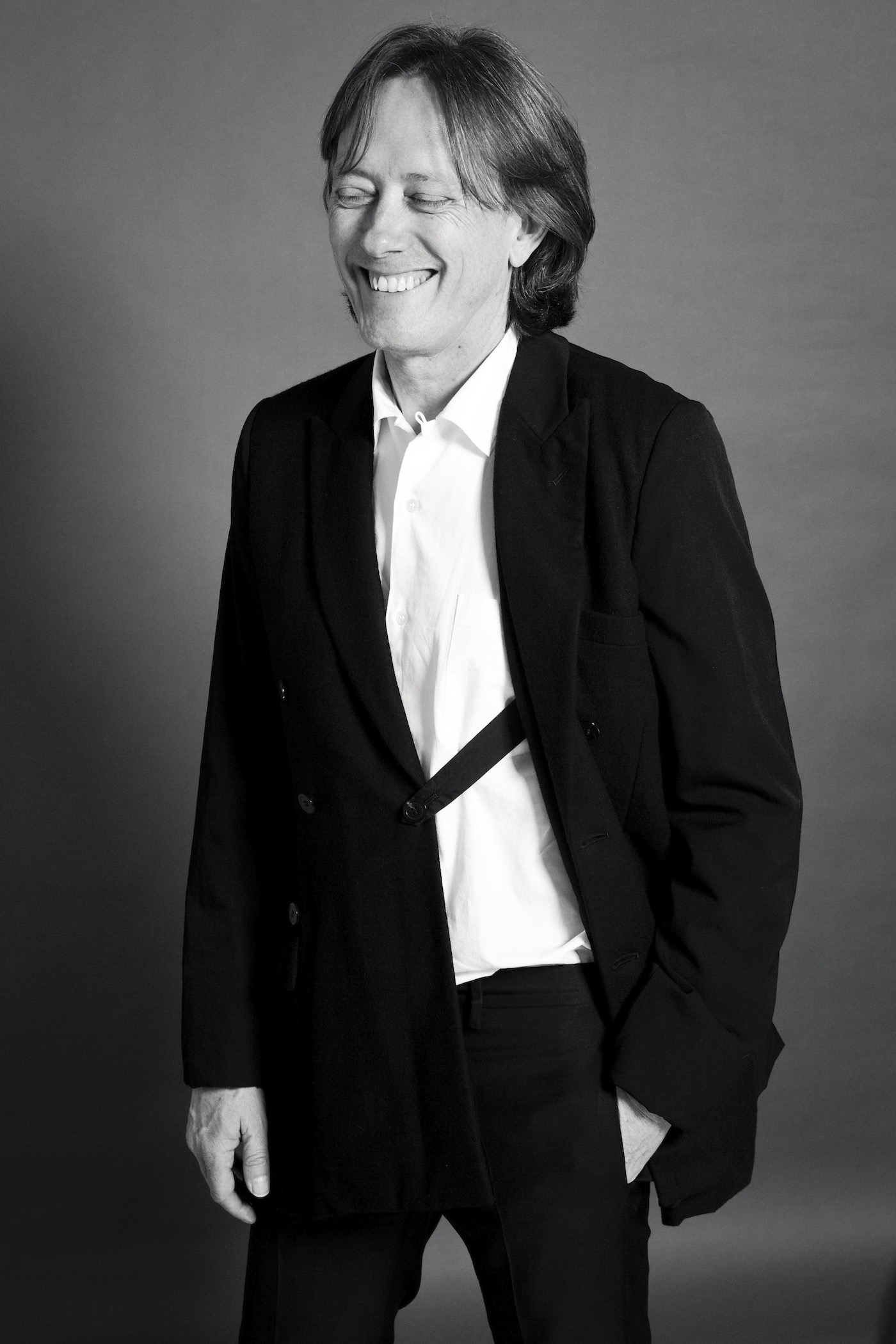
I really enjoy the way that all of the different elements play together on 2 Ravens. I was wondering if you use the vocals, cello and piano as different characters in the same story?
O’Donnell: Yeah, no, it was never part of my original vision for the record. But I’m really happy that they’re there. I also think that vocals on a record that’s predominately instrumental give people a way to feel comfortable with the music. Because a lot of people are not that comfortable with instrumental music.
I guess having a human voice on the track is like a doorway. A familiar entry point...
O’Donnell: I predominately listen to instrumental music, and can hear the voices within the instrumentation. It never really worried me but I know that people find it easier to get comfortable with the music when it has a human element.
So in your music, which is predominately instrumental is there ever a story or meaning to the music? Or is it sometimes just about building a track that sounds good together instrumentally?
O’Donnell: Yeah it’s always interesting to work out whether the story came first. Whether you play a piece of music and it suggests a story to you or whether the story starts the writing process. I wrote a piece for the Corktown Chamber Orchestra that was inspired by a painting called “Bigger Trees” by David Hockney and that was really difficult. To be very pointedly descriptive with music. I generally sit down and play and whatever comes out comes out. Then maybe you’ve got like five songs and that will mean that you should be encouraged down that path, that direction. But I find it easier just to sit down and write and then it’s generally the emotional state that I’m in that decides where it’s going to go
I think that’s the true artistic experience. Letting the subconscious bubble up through whatever your skill is. So what does predominately inspire you to write? Is there one emotion Or kind of experience that you feel moves you.
O’Donnell: I feel like sadness is always more creatively fulfilling than happiness. For me, writing music is an outlet for emotions… if you’re happy you don’t really have to say anything do you…
Yes. Happiness is an emotion you want to keep in. You don’t wanna let That one go.
O’Donnell: Exactly. So, whereas I feel with sadness, It’s nice to be able to get it out. You know, I’m not a sad person. I’m a very happy person. I guess that side of my personality needs to get out in the music.
That makes sense to me. I think about this all the time because I Like to think of myself as a happy person also. but no one’s happy all the time. And I find myself so moved to create when i’m in a dark place. But it doesn’t mean i’m a sad or dark person... That’s just how I get those heavy emotions out... So interesting. Thank you for this perspective.
O’Donnell: I also think that adversities and struggles is much more of an opportunity for creativity. I think when you’re older and not struggling to pay the bills or to eat… that tends to be a less creative phase.
OK good. I’m not in that place of my life. So I can be as creative as i want!
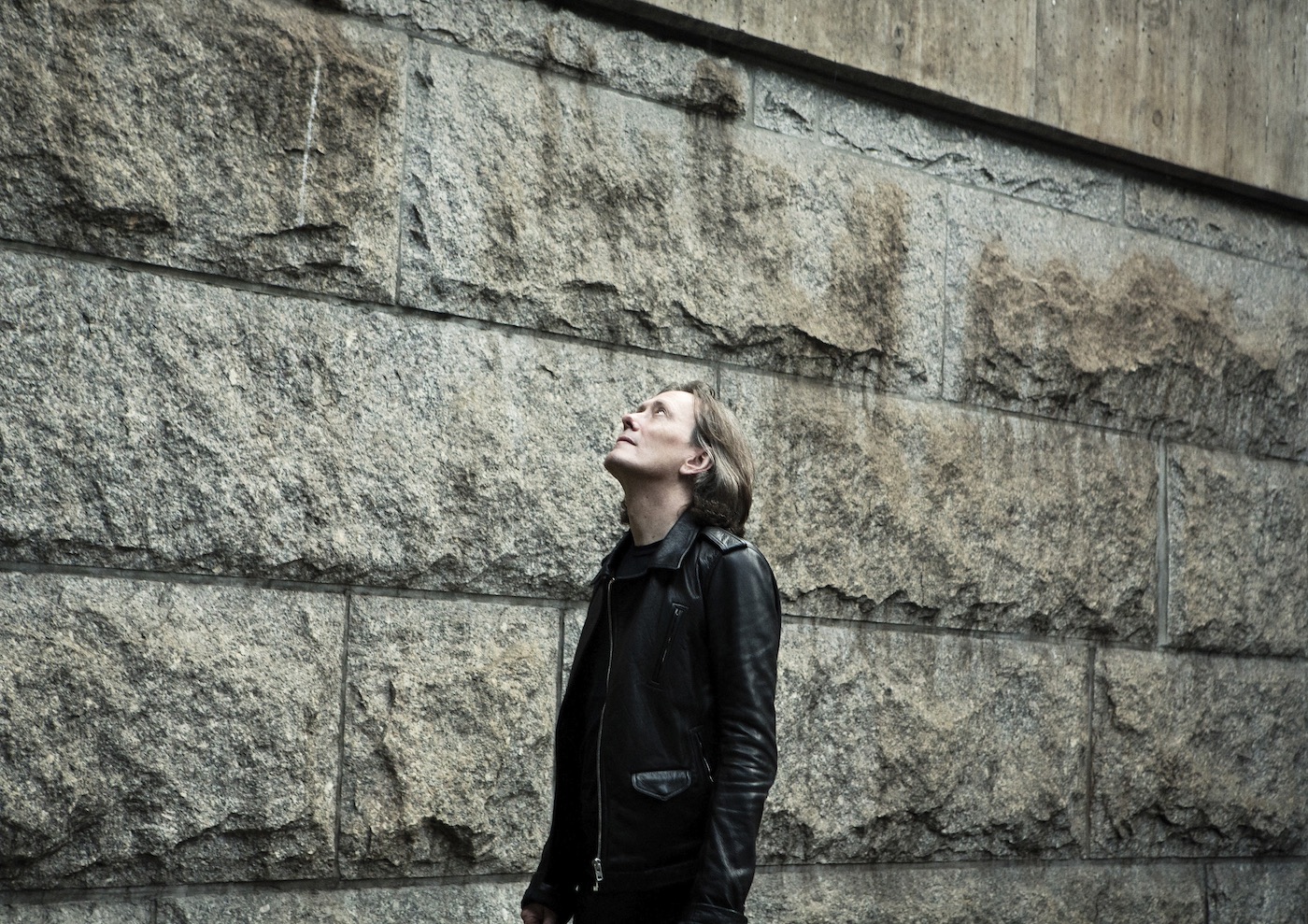
In a panel discussion for Talks with Google that was moderated by Michael Hawley, you shared thoughts about using the synthesizer to create: “The colors that you can paint the music with.” You mentioned that you wrote a piece of music that was inspired by a David Hockney painting. How do you use music and visual art together? Is there a way that you can describe that or is it just a visceral process?
O’Donnell: Yeah, when I went to school I did not study music. I am a trained graphic designer. So design has always been a very big part of my life. It’s very important to me. I often talk at length with my best friend Ian (who did the cover art for the album). We actually went to art school together a long time ago. And it seems we’re always driving in parallel to do the same things whatever that may be. Whether it’s to create or describe. When I did the piece about the painting that was a real challenge. That was the first thing I’ve written for an orchestra.
And the leader of the cellist’s orchestra said, “Why don’t you write a piece for all of us?” And I said, “Yeah, OK that sounds interesting.” When I went back to England to see one of my favorite paintings by David Hockney called “Bigger Trees,”I sat in front of it…It’s a huge painting. And I thought OK if David Hockney did this painting as his big project why don’t I do mine to this painting? I went through a couple of months of trying to do it quite literally (what does the sky sound like?) And then I was like, no this is not working. So then I had to focus on just part of the painting and think about how it made me feel. That was the most creative… I finally got somewhere with it
I’m always so curious when artists, like yourself write music that’s so cinematic and rich in emotion. i wonder what your writing process actually looks like. i noticed that you did an instagram live revolving around your studio life. could you describe what your studio looks like? are there any specific tools that you use in order to get into your creative writing process.
O’Donnell: Well, my studio is the top half of a 17th century barn. I mean, you wouldn’t know it to look at … it’s an old house. Obviously I’m very at home in there because I’m surrounded by all of my instruments. Some of them I’ve had for over 40 years. And I use Apple Logic to write with. And I’ve got a really nice piano controller. I sit down at the pianos and if it comes, it comes. After the piano part the melody and the harmony usually come instantly afterwards. And usually once it starts it’s finished within 3 to 4 hours.
Fascinating. Every artists process is fascinating to me.
O’Donnell: For me everything is really black and white. Once the progression of the song takes shape, the chord progression, harmonies and melodies are already written in my head. That’s why it’s so natural and why it’s difficult for me to write with other people. Because I hear things only one way. And it can’t be any other way for me. It’s very set in my head.
I’ve had a similar experience with the writing process. Everything is happening inside one person’s head. All the creating is private. The musical process is different in that you can actually hear the artist’s thought process. That’s why i love watching musicians write or improvise because i feel like i’m watching their brain working... Their soul moving. It’s awesome.
O’Donnell: Ha Ha Ha Ha Ha
Okay so now I have a question that’s more about The Cure. How did you move from The Cure’s post punk sound, to your beautiful, cinematic, luscious musical world?
O’Donnell: In my head they’re two separate worlds. Obviously I’ve written for The Cure, and I’ve written two or three electronica albums, and I’m comfortable playing lots of different kinds of music. When I’m working on an album it’s all about orchestration. Building up parts. I guess when you’re doing it with the band you’ve got other guys playing. I am equally comfortable with in both worlds
I was watching some footage from one of your more recent tours. You and Robert Smith were on stage looking at each other in such an expressive way. You were looking at Robert happily with pride and he was looking at you like “yeah man!” is that a good summary of your relationship?
O’Donnell: Hahahaha! Yeah there’s times when we’re on stage or playing some of our older songs and I look over at him and Simon (Gallop) particularly. It’s like you’re looking at your family but you’re on stage at a concert in front of thousands of people. I think the fans are very aware of that interaction between us and they know how close we are. We used to spend all of our time together but now when we’re not touring we don’t see each other as much because we’ve got our families and our own lives. You know I talk to Robert every other day. Especially in this kind of climate. I think everyone’s kind of like, What’s going on? Are you OK? Yes it is like a family. I remember when we were in the studio recording “Love Song.” I have this flashback to playing the keyboards and watching the other guys’ expressions changing. It’s a really special connection.
I’ve always loved the cure’s music and aesthetic. As a smokey eye enthusiast, Robert Smith has always been the leader of my eyeliner army... (if I were stranded on a desert island, I’d bring water and eyeliner.) Have you ever wanted to join the eyeliner army, or was that a strictly Robert Smith look?
O’Donnell: Hahahah. It’s weird you know, at my age I feel a bit foolish wearing it… but we all wear it. If you go on stage without eyeliner you just feel naked. I’m really old school. I would never go on stage wearing a t-shirt and jeans. Performing is theatre as well as anything else. You could say the same thing about Robert’s lipstick and his hair. So we put in an effort and we put our “Guy-liner” on hahaha.
Guy-liner! Hahaha
O’Donnell: You feel more theatrical, you feel more the part. You know what’s really weird? If you play in day light, it ruins the atmospheric and takes away all the mystic and mystery.
It’s kind a like going to the rollerskating rink in the middle of the day when there’s no birthday party. It’s like why am I here going around in circles for no reason...? Weird.
O’Donnell: Haha, exactly.
Well, Roger, thank you so much! It’s really been such a pleasure speaking with you.
O’Donnell: Thank you so much Ilana. It’s been a pleasure.

— —
After our official interview was through, Roger and I exchanged email addresses in case I had any follow up questions. In the process of spelling out my email address (I as in Ice cream, L as in Love, A as in Apple… P as in potato….) Roger couldn’t hold back a chuckle.
— —
Roger O’Donnell: Ok… ok… So, you’re definitely not a pilot are you?! Hahah!
A pilot? Ha! No, I definitely do not do the official words with the letters right hahaha! Are you a pilot?!
O’Donnell: Hahahahaha hahah! Yeah! I fly helicopters.
I just busted myself with a pilot, haha.
O’Donnell: Hahaha. If you have any questions you can email me… P as in potato ha! Thanks so much for this interview.
Thank you so much. This has been a real honor.
O’Donnell: Take care and stay at home.
Will do. And you keep your hands clean and don’t touch your face.
O’Donnell: Will do. Ok! See ya.
Take care.
O’Donnell: Bye!
— — — —

Connect to Roger O’Donnell on
Facebook, Twitter, Instagram
Discover new music on Atwood Magazine
? © 2020
2 Ravens
an album by Roger O’Donnell
:: Stream Roger O’Donnell ::


